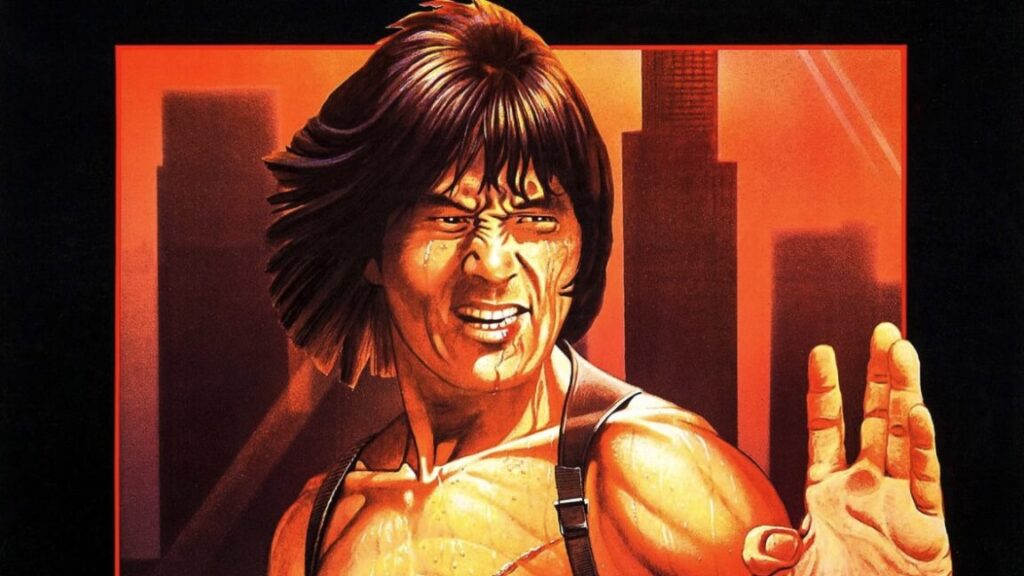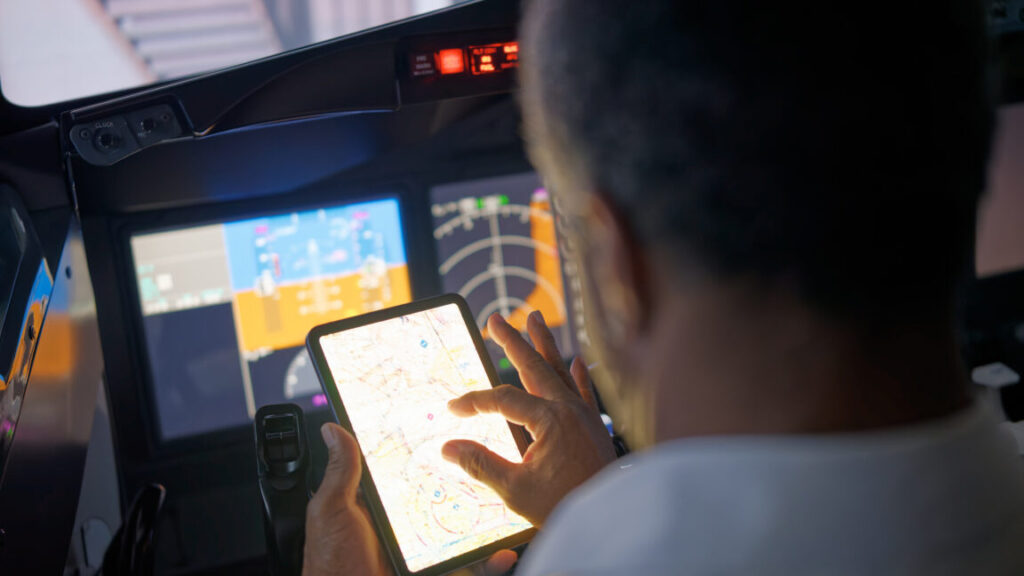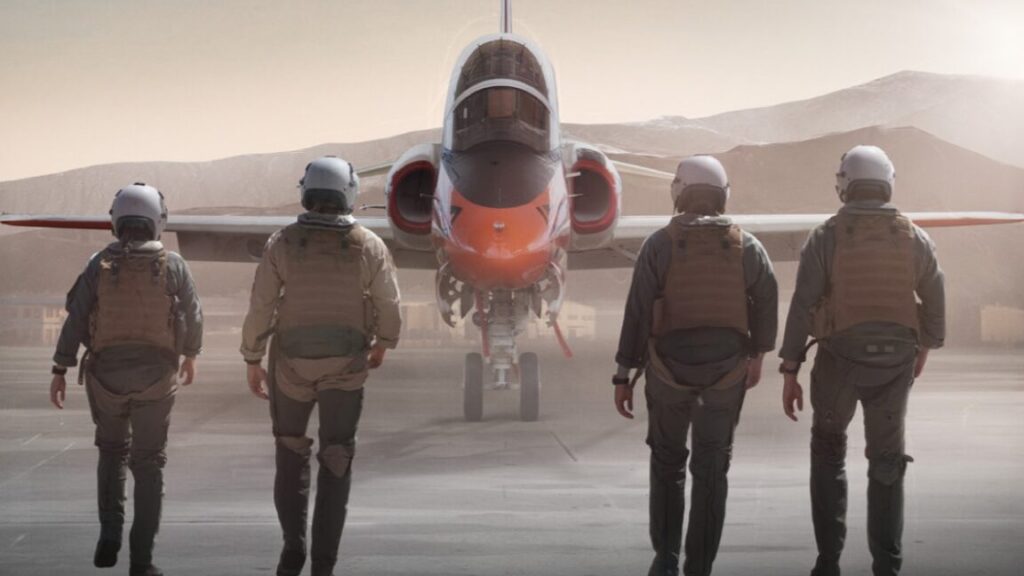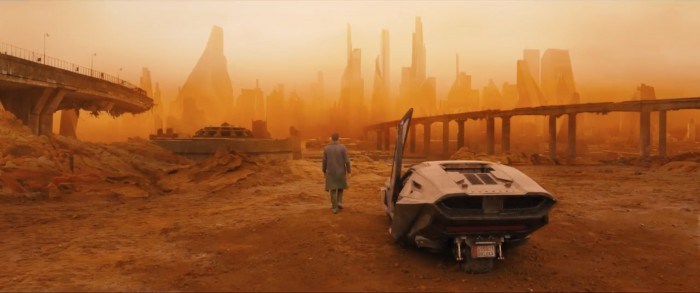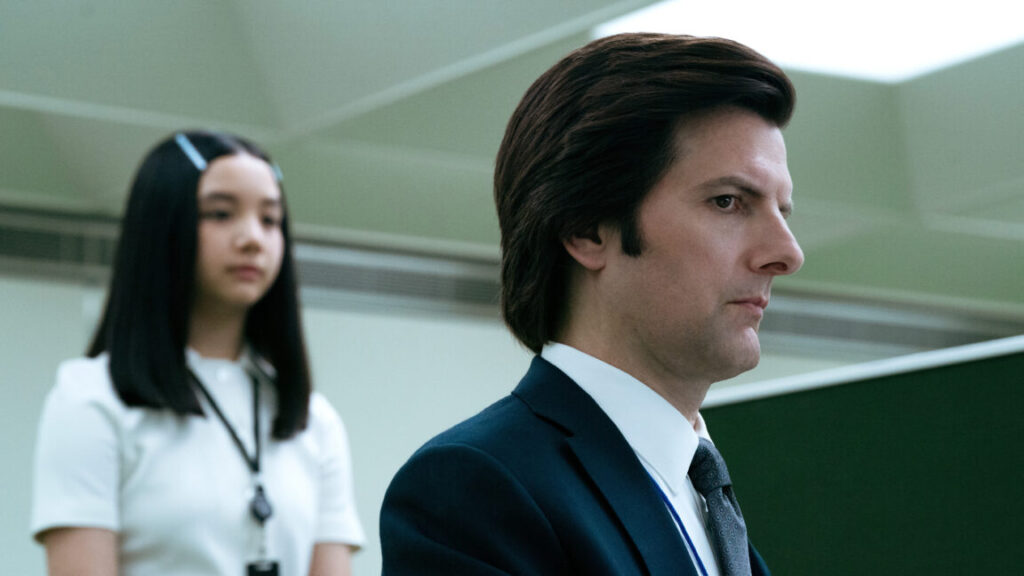Pennywise gets an origin story in Welcome to Derry trailer
Director Andy Muschietti’s two-film adaptation of Stephen King’s bestselling horror novel IT racked up over $1 billion at the box office worldwide. Now Muschietti is back with a nine-episode prequel series for HBO, IT: Welcome to Derry, exploring the origins of Pennywise the Clown (Bill Skarsgård), the ancient evil that terrorized the fictional town every 27 years. And now we have an official trailer a month before the prequel’s October debut.
(Some spoilers below for IT and IT: Chapter Two.)
As previously reported, set in 1989, IT essentially adapted half of King’s original novel, telling the story of a group of misfit kids calling themselves “The Losers Club.” The kids discover their small town of Derry is home to an ancient, trans-dimensional evil that awakens every 27 years to prey mostly on children by taking the form of an evil clown named Pennywise. Bill (Jaeden Lieberher) loses his little brother, Georgie, to Pennywise, and the group decides to take on Pennywise and drive him into early hibernation, where he will hopefully starve. But Beverly (Sophia Lillis) has a vision warning that Pennywise will return on schedule in 27 years, and they must be ready to fight him anew.
IT: Chapter Two revisited our protagonists 27 years later, as they all returned to Derry as adults for a reunion of sorts, taking on the killer clown in a final battle—eventually emerging victorious but not without a few casualties. The two films covered much of the novel’s material but omitted several key flashback passages drawn from Mike’s interviews with older residents of Derry as he investigated the town’s sinister history.
One event that did make it into IT: Chapter Two was the burning down of the Black Spot—a nightclub Mike’s (Chosen Jacobs and Isaiah Mustafa) father, Will, opened—by local white supremacists. That tragedy will also appear in Welcome to Derry. The series is set in 1962, although Muschietti said earlier this year that there are plans for three seasons, with subsequent settings in 1935 and 1908, respectively. That’s consistent with Pennywise’s 27-year cycle, and as Muschietti said, “There’s a reason why the story is told backwards.”
Pennywise gets an origin story in Welcome to Derry trailer Read More »


